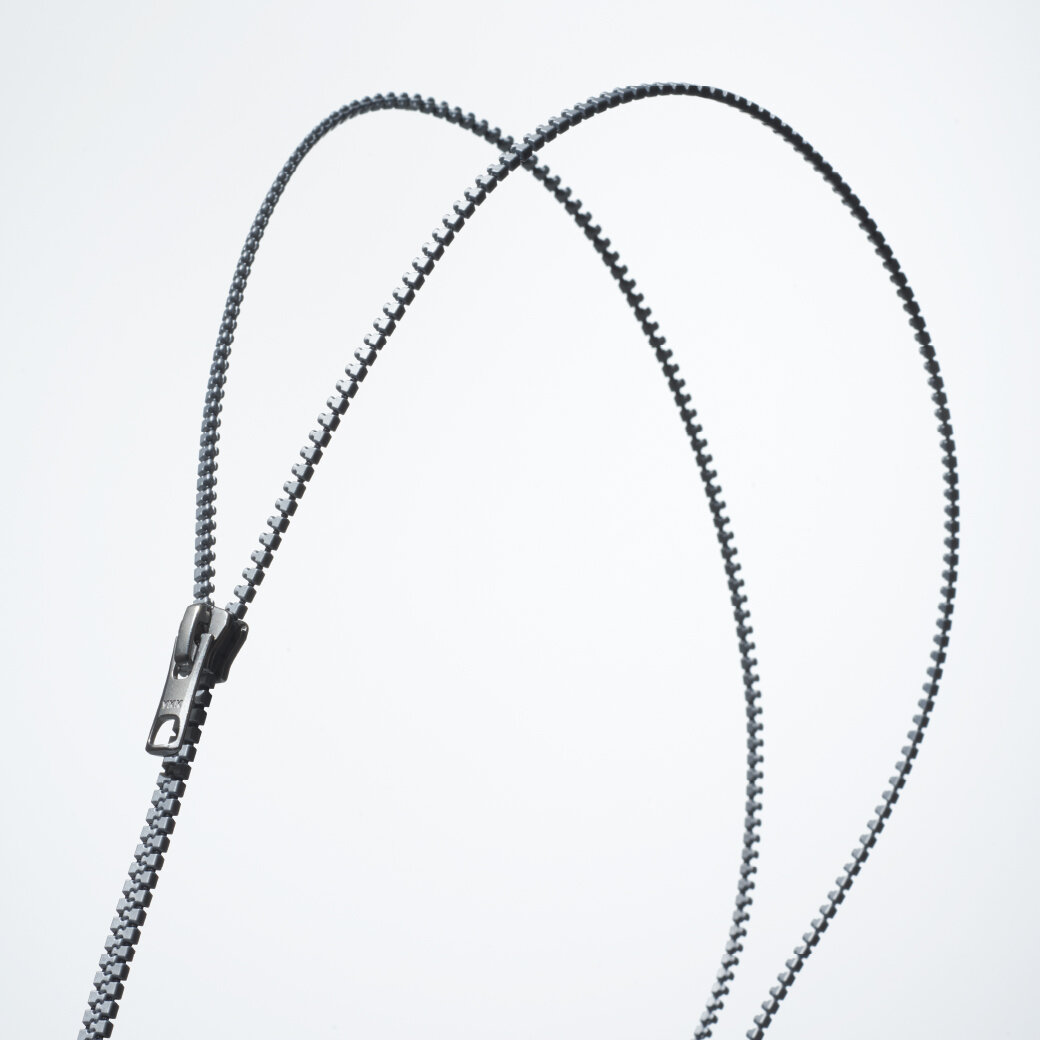Despite being quite small, fasteners are integral to the performance of wearables. Since fasteners are the most frequently touched component of these types of products, it is crucial that wearables manufacturers do not make mistakes that can diminish performance or worse, render the garment completely unusable. While there are several mistakes manufacturers could find themselves making regarding fasteners for wearables, three stand out as especially concerning.
Mistake #1: Picking the Wrong Material
Choice of material for a fastener has a direct impact on overall product usability and thus, there are several factors to consider early in the design process. One is the strength of the grip, which is dependent on what the fastener will need to be able to hold together. Many manufacturers are not aware that if a fastener’s grip tightness is not befitting of the product, it will compromise durability, resulting in a high volume of customer complaints and returns.
Another key consideration when choosing materials is the intended use of the wearable. Will it have prolonged skin contact? Does it need to be waterproof or heat-resistant? These potential requirements and many more may be an indicator of whether or not a material is an appropriate choice.
A final determinant is the type of care the wearable will need over its lifespan. Some commonly used fastener materials deteriorate when exposed to certain cleansing substances like bleach. Therefore, if a garment requires frequent cleaning or sterilization, such materials would not be suitable for the fastener.
Mistake #2: Overlooking User Comfort and Ease of Use
For some, user comfort means forgetting they are wearing a garment and for others, it translates to a desirable texture or the ability to move normally when a garment is being worn. Fastener material choice and placement can improve or impede comfort. Hence, comfort should factor into all decisions regarding garment fasteners. Ensuring fasteners are easy to interact with is similarly vital. If a fastener is difficult to reach or does not have the appropriate pull strength, usability will be compromised.
Mistake #3: Not Collaborating with Suppliers Early Enough
While the right material and comfortability clearly have a positive impact on the value of wearables, these factors are less impactful if they are not taken into account at the beginning of the product development process. Manufacturers are only able to find the most optimal solution when they take a collaborative approach with their suppliers as opposed to merely asking them to reproduce a product listed on a catalogue. Timely engagement with partners also allows for innovation and problem-solving, both of which can result in increased efficiency and cost-saving.

